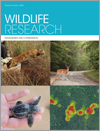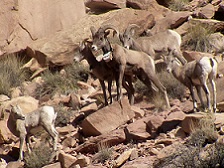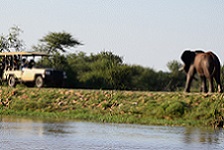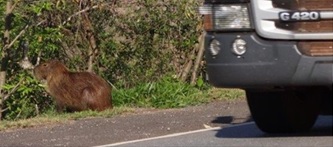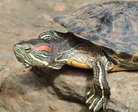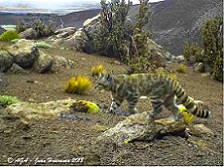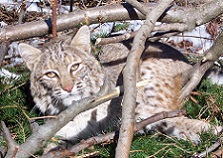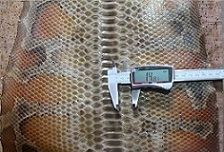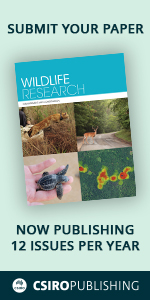WR19027Conserving Australia’s threatened native mammals in predator-invaded, fire-prone landscapes
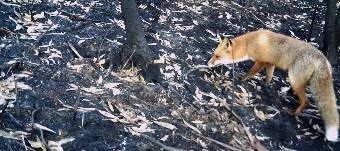
Interactions between fire and introduced predators are thought to be contributing to the ongoing collapse of native mammal communities across Australia. I review the evidence for these interactions, identify key knowledge gaps, examine the feasibility of potential management options and highlight immediate research priorities. Relevant, evidence-based recommendations for predator and fire management are urgently needed to improve outcomes for threatened native mammals across Australia’s predator-invaded, fire-prone landscapes. Photograph by Bronwyn Hradsky.


